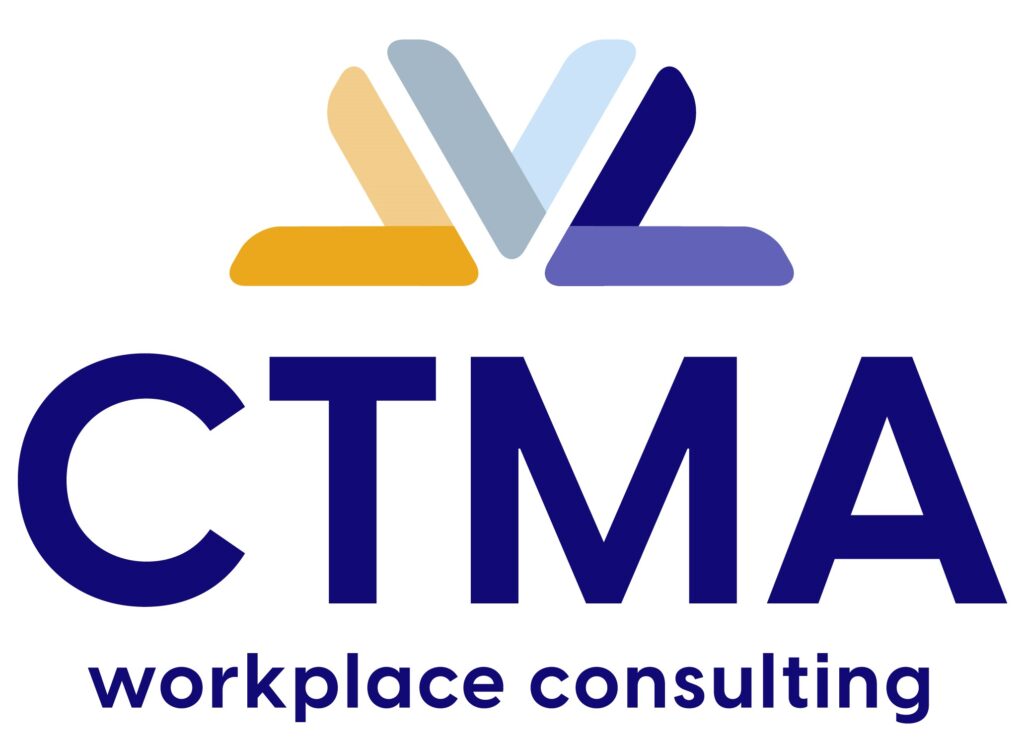Background
The gender wage gap had historically paid men more than women for doing the same work. To address this issue a significant effort has been undertaken to identify the gaps and try and implement solutions to ensure that there is a gender pay equity enacted. This will mean that all employees regardless of gender will receive equal pay for equal or comparable value work. It is not only about pay but considers discretionary pay, allowances, performance payments, merit payments, bonus payments and superannuation.
The Australian Government has passed the Fair Work Legislation Amendment Act 2022 (Cth) for gender pay equity and comes into effect from 7th December 2022.
What does this mean to your Workplace?
Employers must ensure commitment and compliance to the new laws for equal pay is enforced by:
- Ensuring wages and conditions are assessed in a non-discriminatory way by looking at skills responsibilities and working conditions for each job and job type and paying your employees correctly.
- Ensuring that the workplace organisational structure and processes do not obstruct a female employee from access to work-based training, promotions, or flexible working arrangements.
Benefits for working towards best practice for gender pay equity
The Government has identified the following benefits of mandating gender pay equity in workplaces:
– attraction of quality staff
-potentially have better organisational performance
-retention of staff and reducing turnover costs
-meeting legal obligations and minimising legal risk
-accessing new markets
-building a reputation as an employer of choice
Workplace Gender Equality Act 2012
For large employers that are non-public sector employees with over 100 or more employees there are legal requirements to report to the Workplace Gender Equality Agency (WGEA) annually. It is a requirement to report gender equity indicators which are:
-gender composition of the workforce
-gender composition of governing bodies of relevant employers
-equal renumeration
-availability and utility of employment terms, conditions and practices relating to flexible work arranging to employees and those who have family or caring responsibilities
-consulting with employees on gender equality/sex-based harassment or discrimination
Obligations under Workplace Gender Equality Act 2012
Employers who are legally bound by the Workplace Gender Equality Act 2012 as set out above must:
-inform employees, members, relevant employees organisations and shareholders they have lodged a report and they will give them access to a copy, excluding remuneration information
-employees and relevant employee organisations can comment on the report to the employer or to WGEA
-employers with over 500 employees must meet minimum standards by having relevant policy and strategy to support gender equality
Disclosing pay and workplace conditions.
To achieve Gender Pay Equity an organisation should be transparent. Under the Fair Work Act 2009 (Cth) employees have a workplace right to share or not to share information regarding their pay and their employment terms and conditions. With employees able to compare pay they will know if they are being paid correctly under the legislation. All employees should be aware that they also have the right not to be forced or coerced into giving information on their pay or employment terms and conditions.
Employers can’t take adverse action against an existing or future employee:
-because of their rights
-to prevent an existing or future employee exercising their rights
From 7th December 2022 new laws prohibit pay secrecy.
Anti-Discrimination Laws
It is unlawful under the Fair Work Act 2009 (Cth) to discriminate on the grounds of:
-basis of sex and -sexual orientation
-breastfeeding
-gender identity
-intersex status
-marital status
-family or carers responsibilities and pregnancy.
From 7th December 2022 the Fair Work Act 2009 (Cth) has brought in new protected attributes for breastfeeding, gender identity and intersex status.
Equal Remuneration Orders
Under the Fair Work Act 2009 (Cth) the Fair Work Commission can make an equal remuneration order for certain employees to be given equal remuneration for work of equal or comparable value. An application for an equal remuneration order can be made by:
- An affected employee
- A union representing an employee
- The Sex Discrimination Commissioner
The Commissioner has the power to make an equal remuneration order and, once made, can overrule a modern award, an enterprise agreement a Fair Work Commission order or any other industrial instrument if it leaves the affected employee better off overall.
An employer who does not abide by the equal remuneration order can be given a penalty notice (fine).
Improving Gender Equality in the Workplace
It is now a legal requirement and best practice to ensure that your organisation complies by identifying areas where equal opportunity can be improved.
Your policies and procedures should be updated to:
- Provide transparent remuneration in policy and procedures.
- Provide flexible working arrangements.
- Make sure employees on flexible working arrangements have access to meaningful and quality work.
- Support women to return to work after parental leave.
- Provide flexible parental leave to the carer of a child, regardless of gender.
- Conduct an annual gender pay equity audit.
- Review overtime and shift arrangements to make sure access is provided equally to male and female employees.
Monitor and review.
- Continue to monitor to ensure that you are paying the correct amount.
- Review employee roles and determine whether the roles are the same and therefore paid the same rates and identify gaps.
Best Practice Checklist
- Flexible working arrangements to help employees with work life balance.
- Gender balance – consider gender balance within different roles.
- Recruitment and promotion – consider skills and experience that is most relevant to the role
- Talent pipeline – ensure gender mix of future progression.
- Parental leave – consider steps to minimise parental leave disruption to a person’s career path
- Become an employer of choice for gender equality
Further reading:
For further information or assistance, please contact:
Craig Pollard on email address: craig@ctmaworkplace.com.au
Julie Grogan on email address: julie@ctmaworkplace.com.au
